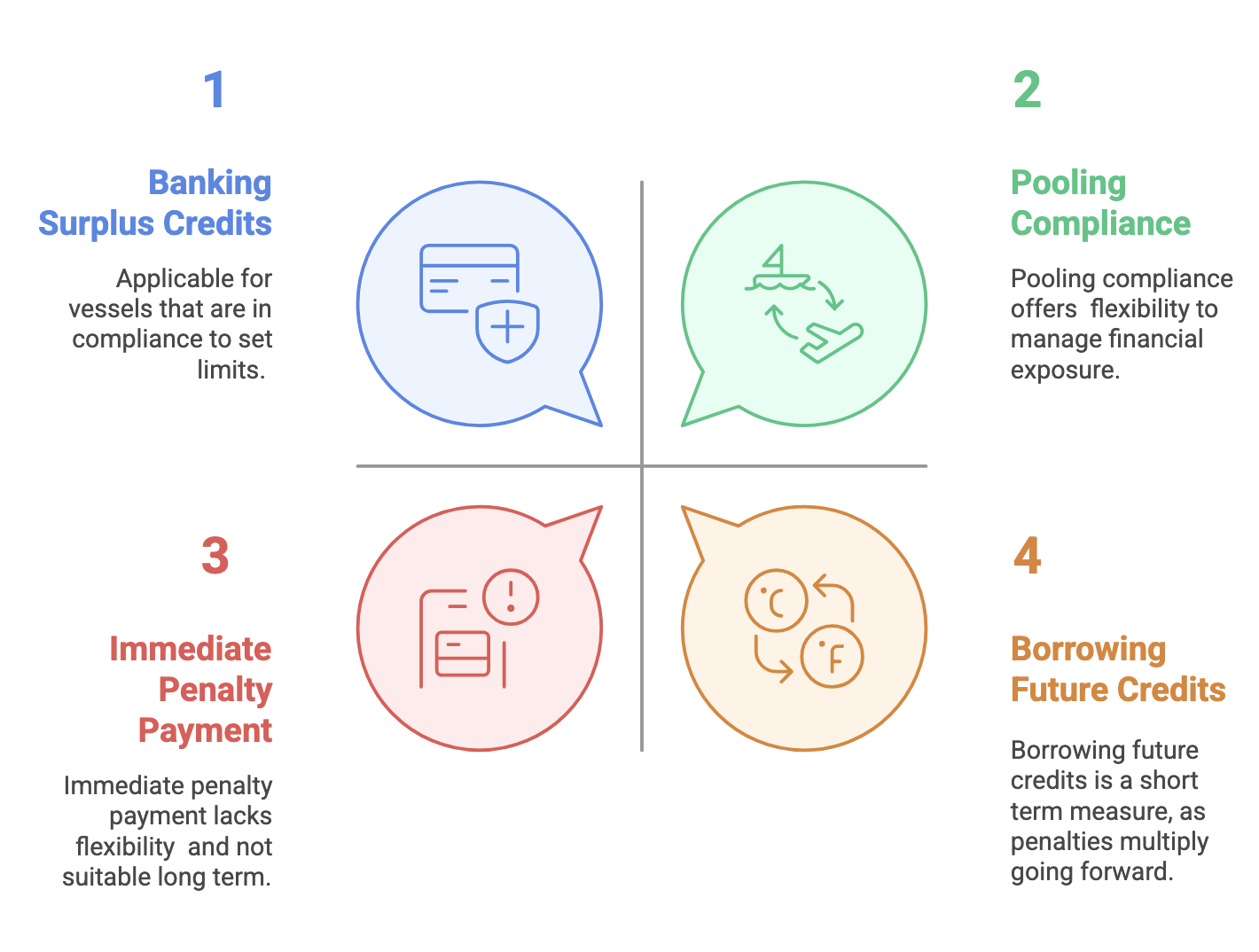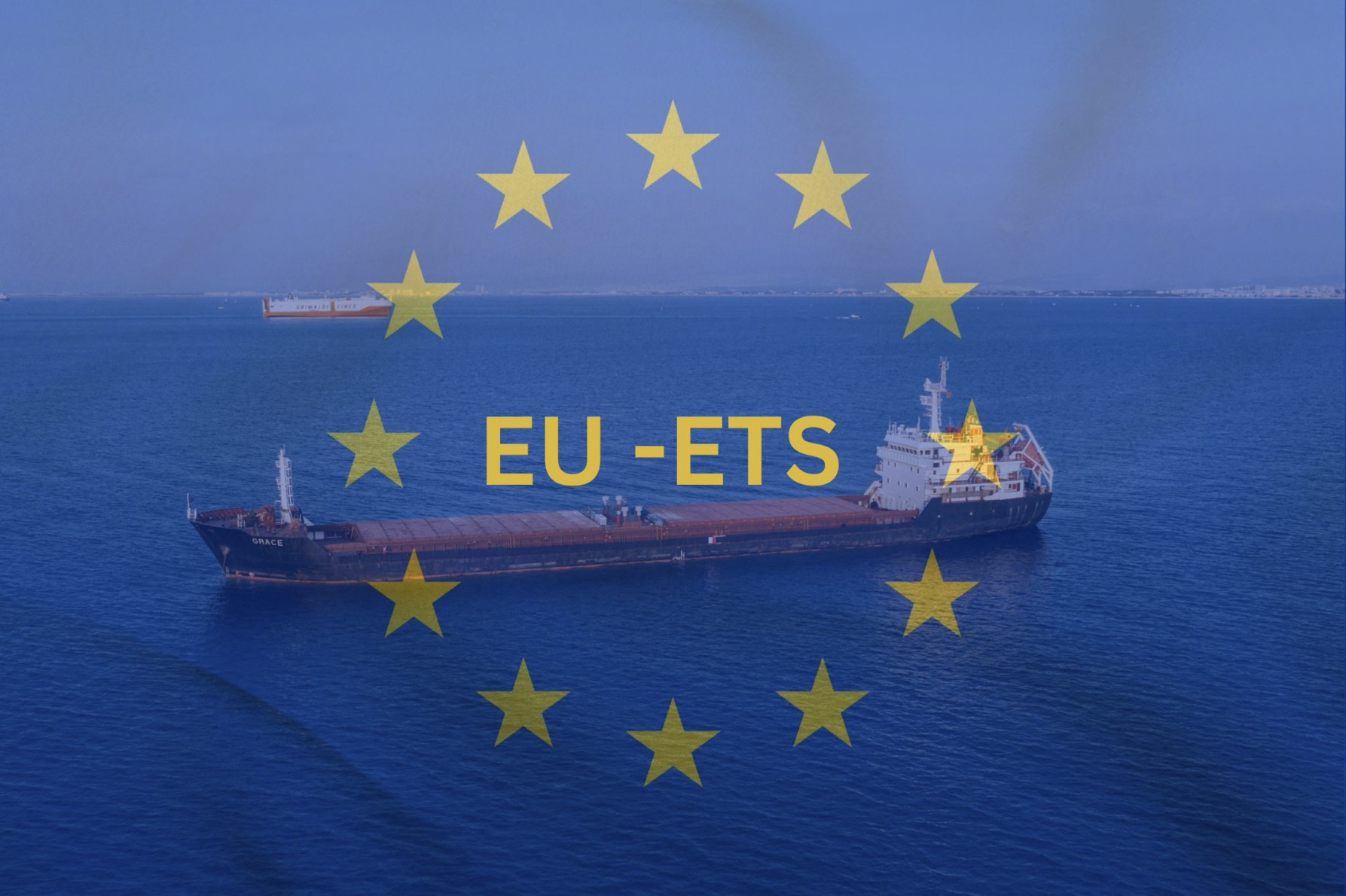Fuel EU - A quick Guide



Key Features
The Fuel-EU Regulation represents a crucial step in the EU's commitment to achieving climate neutrality by 2050. By setting clear and progressive targets for GHG emissions, the regulation not only aims to reduce the environmental impact of shipping but also encourages the industry to innovate and adopt cleaner technologies.
- Emission Intensity Requirements: The regulation mandates that ships must adhere to specific GHG intensity thresholds for the energy they use. This threshold will begin with a 2% reduction in 2025, gradually increasing to an ambitious 80% reduction by 2050, using 2020 levels as the baseline.
- Scope of Applicability: The regulation covers 100% of the energy consumed during voyages within the EU/EEA. Additionally, it applies to 50% of the energy used on voyages to and from EU/EEA ports, mirroring the applicability of the EU Emissions Trading System (EU-ETS).
- Onshore Power Supply Requirements: To further reduce emissions, the regulation requires passenger and container ships to connect to onshore power supplies at major EU ports when docked for more than two hours. This requirement will take effect in 2030 and will expand to include all ports with onshore power capabilities by 2035.
Fuel EU Plans
To comply with the Fuel-EU Regulation, vessels will need to prepare a Fuel EU Plan. Most of the data required for this plan is already available through the vessels' Monitoring, Reporting, and Verification (MRV) systems. However, additional data will be necessary, including:
1. Energy Conversion Systems: A description of the energy conversion systems installed onboard, along with their related power capacity (in megawatts).
2. Onshore Power Supply Standards: For certain ship categories, a description of the standards and characteristics of equipment for connection to Onshore Power Supply (OPS) or zero-emission technology.
3. Planned Energy Sources: A description of the planned sources of energy that will be used onboard while in navigation and at berth.
4. Wind-Assisted Propulsion: A description of any wind-assisted propulsion equipment for ships equipped with such technology.

Timelines for Fuel EU
To ensure adherence to the Fuel-EU Regulation, the following key dates are crucial:
- 31st August 2024: Any vessel calling at an EU port must have an approved Fuel EU plan. If not, the plan must be obtained within two months of the port call.
- 1st January 2025: Verified Fuel EU plans must be submitted in THETIS.
- 1st January of Subsequent Years: Reports must be submitted to the verifier.
- 31st March: Verified Fuel EU reports will be issued.
- 30th April: Deadline for completing any borrowing or pooling.
- 30th June: Settle any penalties for exceeding the limits and obtain the document of compliance.

Responsibilities and Roles
- Shipping Companies: As defined by the ISM Code, shipping companies will be responsible for monitoring, reporting, and paying any penalties for non-compliance with the GHG intensity requirements.
- Financial Penalties: Shipping companies will face financial penalties for each unit of energy used above the regulated GHG intensity limits. These penalties will be paid during the reporting year immediately following the data collection year.
- Compliance Mechanisms: The regulation allows shipping companies to bank surplus compliance credits from over-performing ships or borrow credits from future periods to cover deficits, helping to minimize financial exposure. Companies can also pool compliance within or across fleets.




